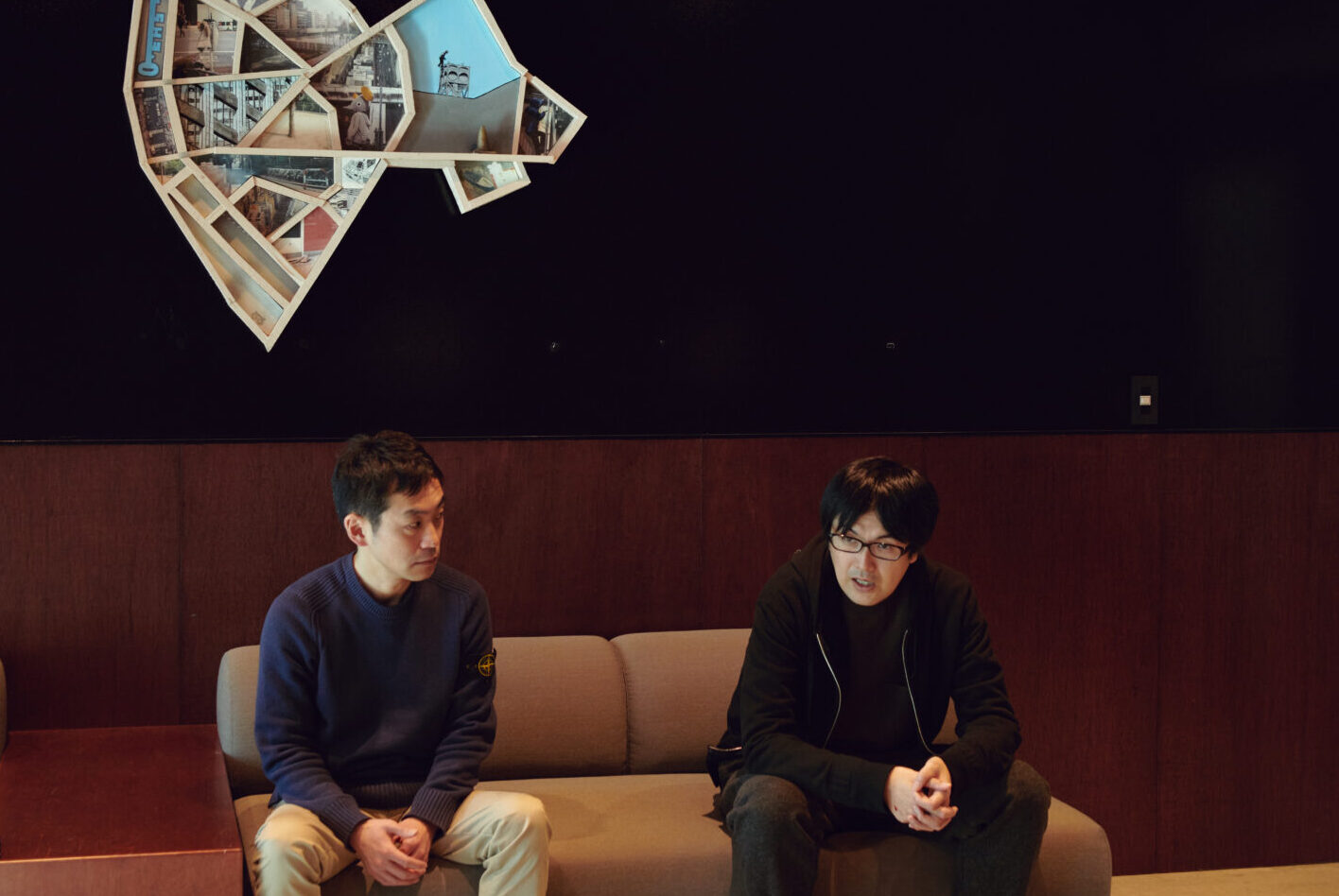Series: Choosing an alcohol free life
Drinks have been a beloved shikohin since ancient times, especially alcoholic ones. In Japan it is said that large scale sake brewing started about 2,000 years ago, along with the beginning of rice cultivation. Even today, alcohol continues to be a popular shikohin.
On the other hand, some changes are arising in how alcohol is perceived. There is a growing number of people who are choosing a sober curious lifestyle and the notion that alcohol is the shikohin of choice for adults is gradually crumbling. So what significance does alcohol have in our modern lives and what changes are behind the shift towards sober curious lifestyles?
In this series, “Choosing an alcohol free life”, critic Tsunehiro Uno will speak with intellectuals of various backgrounds to discuss the current status of alcohol as a shikohin and the lifestyle behind adults who are choosing a sober life.
For the fourth article of this series we welcome procurement and purchasing consultant Takanori Sakaguchi. Sakaguchi has worked as a consultant for many companies and we asked him about the changes in Japan’s corporate drinking culture. While exploring the history behind the changing market for alcohol consumption, which has been shrinking since the burst of the economic bubble in the 1990s, we found the strong connections between Japanese work culture and drinking culture.
Drinking alcohol was an integral part of work culture after World War II
Uno: Today I would like to discuss alcohol and drinking in Japanese culture through the angle of work culture and the trade industries.
Sakaguchi: Then let’s start by looking at it quantitatively. The era with the highest level of alcohol consumption in Japan (on record) is the early Heisei Period (1989~2019) with the per capita of alcohol consumption per adult peaking in 1992.
This was the time period when Japan was facing the collapse of the bubble economy. In other words, the shift away from alcohol consumption began at the same time the economic bubble burst.
What can we take away from this?
My personal hypothesis is that the drastic growth of the alcohol market until the early Heisei Period was driven by alcohol consumption that was covered by company expenses.
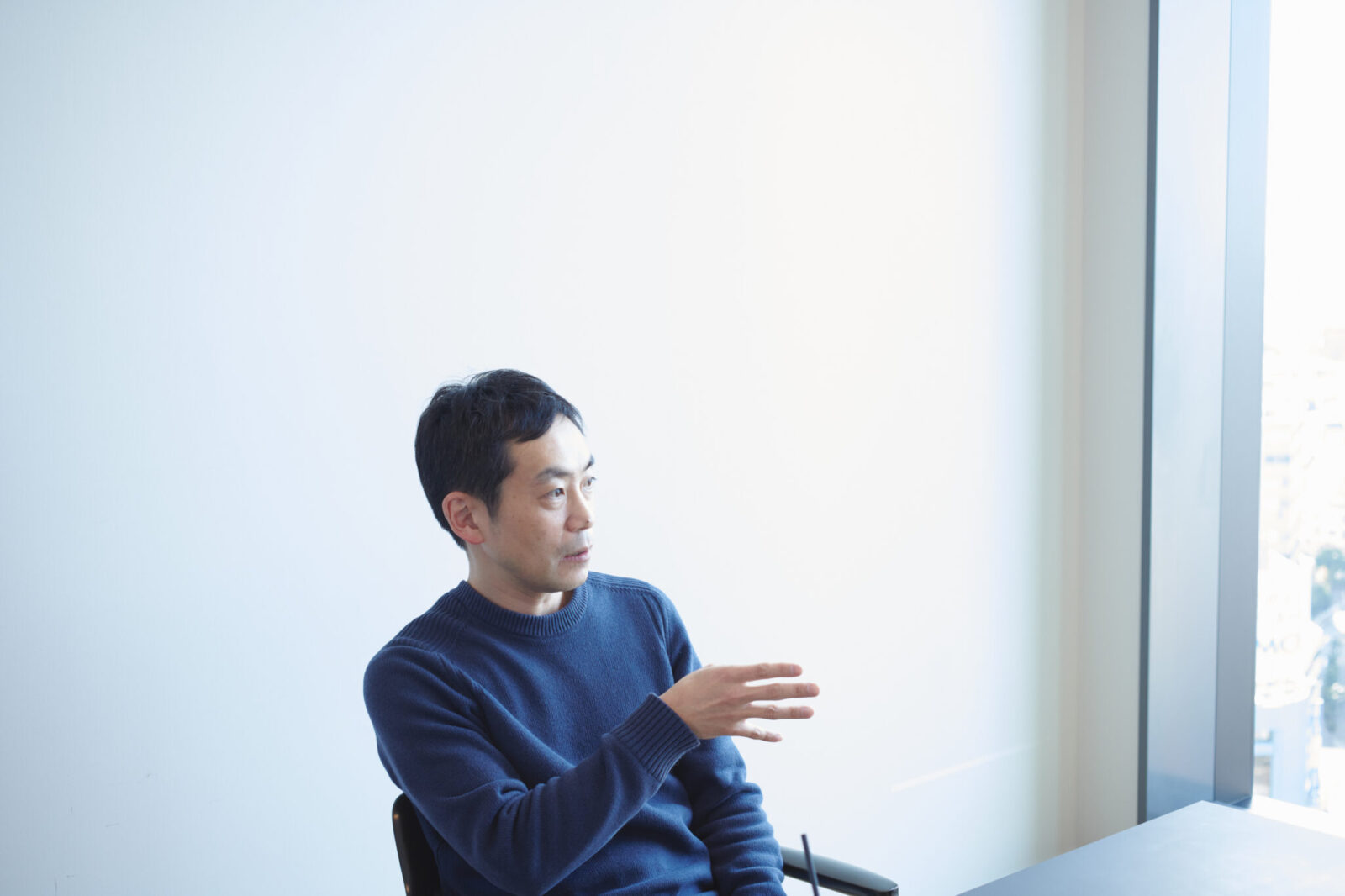
Uno: So alcohol and work culture existed in tandem after the war?
Sakaguchi: Yes. The number of working hours among the Japanese population has been decreasing year by year in tandem with the decreasing consumption of alcoholic drinks. The so-called corporate warriors of Japan who worked like dogs used to relieve their stress at drinking parties after work with company money. I believe that greatly contributed to the growth in the alcohol market.
However, as the times changed, economic recession led to tightened expenses. At the same time there was a growing perception that working long and excessive hours was a bad thing. I think these two changes contributed to the decrease in alcohol consumption. In other words, Japan’s drinking culture was centered around business people who were able to freely spend company money on luxury drinking.
Lately there is a new focus on alcohol-free lifestyles, but I believe that is only one aspect of the big picture and we should pay attention to the deeper influences such as the economy and work culture.
Uno: That makes a lot of sense. We spoke to game researcher Akito Inoue in a past article for this series and he also mentioned that “countries in a postwar with heavy industrial sectors tend to have a higher alcohol consumption level per capita.” He said that drinking is a part of blue collar and white collar (managers) working culture. He said that as these manual labor industries recede, the amount of alcohol consumption also goes down.
Sakaguchi: That reminds me of a study in Germany that showed alcohol consumption to be highest in the morning hours. It is said that this is because factories run on three shifts.
Uno: So the workers who work the night shifts drink in the morning?
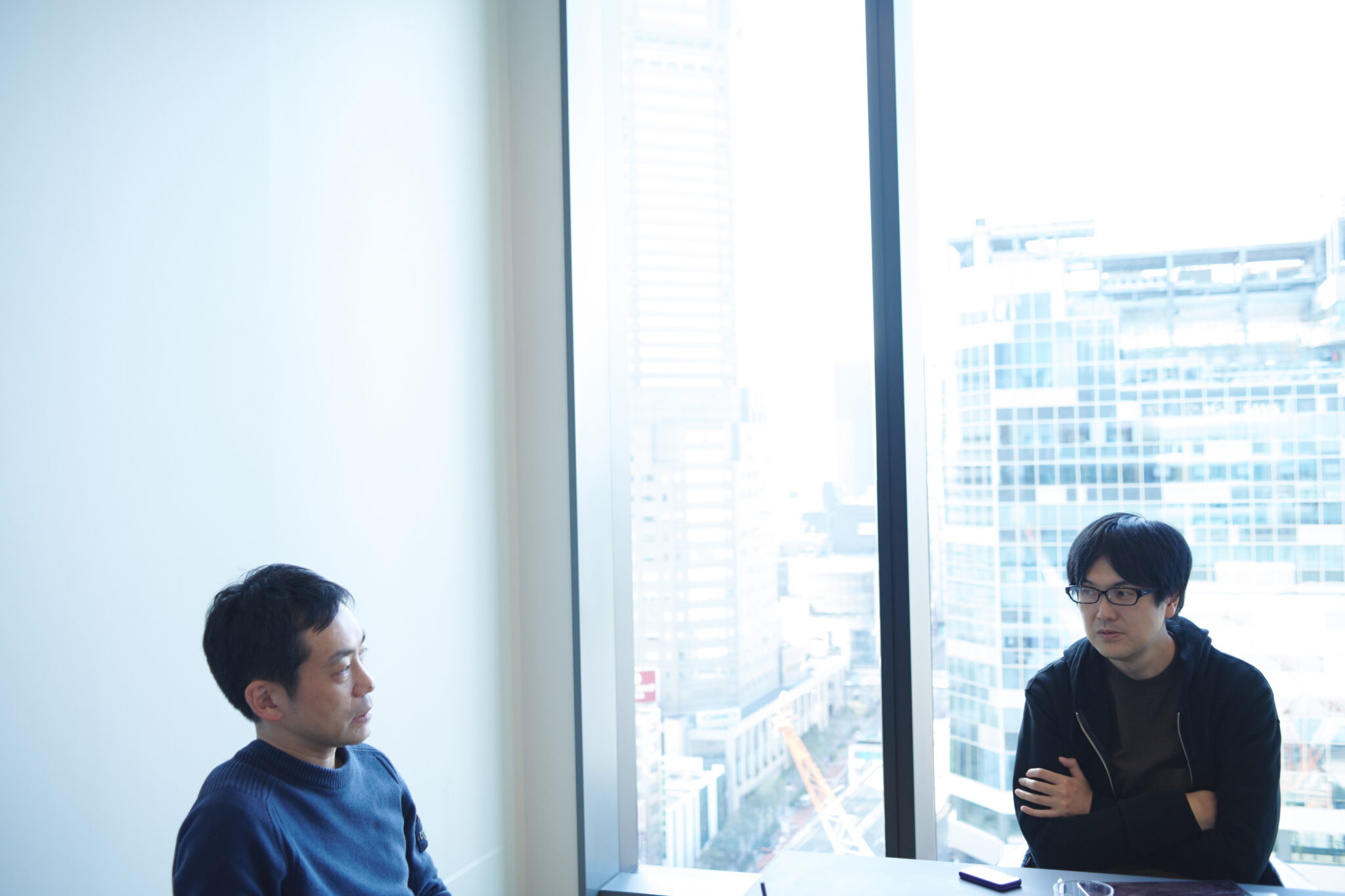
Sakaguchi: I believe so. However, I also heard that the factory workers who work the morning shift drink a beer before going to work. It seems that the culture of drinking alcohol as a way of helping workers get through the workday is one of the things that drives alcohol consumption in Germany.
This is not something we see in Japan, but I agree that labor intensive industries are strongly tied to the development of drinking culture.
Did non-alcoholic drinks take away the demand for alcohol?
Uno: In Japan’s case, perhaps the culture of drinking parties grew dramatically due to the communitarian approach of JTC (Japanese Traditional Company), a culture that prioritizes the dynamics of human relations for decision making.
Now, that style of drinking is outdated and people have come to avoid this style of drinking because some see it as a hotbed of insidious relationships and harassment.
Another trend that seems to influence today’s drinking culture is the global working-age population’s consciousness towards health. I myself count calories and buy zero calorie non-alcoholic cocktail drinks by the box. I think the fact that there are so many of these non- alcoholic drinks (known as Tokuho, or specified health products) in the market today is another evidence of this.

Sakaguchi: Although there are discrepancies depending on the study, the market for non alcoholic drinks is estimated to be about 100 billion yen as of 2023 and it has grown 1.4 times in the last ten years. Some predictions say that it will reach 200 billion yen by 2030.
On the other hand the market size for alcoholic beverages such as beer has fallen 40% since it peaked in 1994. However, compared to twenty years ago the consumption of new genre beverages such as low malt beers and liquors have grown so I think it is safe to say that these drinks are more of what took away from the demand for beer.
Nonetheless, the overall consumption of alcohol among adults peaked in 1992 at 101.8 liters and has declined ever since to 74.3 liters in 2021.
Uno: Although it’s a fact that Japanese people are drinking less alcohol today, I don’t think non-alcoholic drinks are necessarily taking away the demand from alcoholic drinks. If that were the case, I think the market for non-alcoholic drinks would be bigger than it is.
Sakaguchi: According to a study by the OECD (Organization for Economic Cooperation and Development), the top 20% of the people who consume alcohol make up for 70% of the total volume consumed. Although it may seem that alcohol consumption has only decreased by 20% since peak consumption, as long as the top 20% of consumers continue to drink as they do, the overall consumption volume does not change that much.
If you look at it from another perspective, it could be said that the volume of alcohol consumed by people who only drink in social settings has decreased, or the overall consumption of alcohol is decreasing because the number of people who don’t drink alcohol at all is increasing.
Either way, I believe that the shift away from alcoholic drinks will continue to grow.
In some ways, getting drunk in and of itself is recently looked down upon. I think it is possible that in 10 to 20 years time, communicating with others while being intoxicated may be seen as a form of harassment.
Uno: I agree. I myself am not critical of the act of drinking or of alcohol itself, but I do find outdated forms of social drinking to be offensive and I think more people need to understand how stressful it is for a sober person to be forced into a situation where they have to deal with a drunk person.
Is society designed around adult men who drink alcohol?
Sakaguchi: I was recently surprised by a story I heard from a person working at a certain company. They said that an increasing number of interviewees and students who attend recruiting events ask them if the company has drinking parties. This means that the existence of drinking parties has become a certain criteria for people when choosing whether or not to work for that company. I was surprised to learn that drinking parties can have such an effect on a company’s ability to attract recruits.
Uno: I think if I were a university student and looking for a job today, I would ask the same question. People who enjoy drinking do not realize this as much, but there are many things in today’s society that are based on the needs of adult males who drink alcohol.
For example, I think one of Tokyo’s appeal is that it is a city that never sleeps. However, for people who do not drink alcohol, 24 hour family restaurants are one of the few places non-drinkers can go late at night without feeling unwelcome. I think this is a real shame.

Sakaguchi: When I worked with a beverage company a few years ago the person in charge told me that there is a demand for non-alcoholic or low alcohol beverages because working hours are more diverse today.
In the past, the common family structure was one where the husband went to work and the wife stayed at home. They would spend the day in separate places, but when the husband came home at night and the children were put to bed, the husband and wife would enjoy a moment of relaxation together with a drink at night.
However, times have changed and the number of double income houses has grown. Furthermore, the coronavirus pandemic made working from home more common, and there are cases where both husband and wife work from home. In such cases, both husband and wife have to do housework, either during the day or at night.
In other words, the lifestyle of working during the day and having evenings to relax is not as commonplace as it once was. With the globalization of the economy, some people have to work at night to communicate with people overseas, so I think more people are working odd hours.
I believe that in Japan, alcohol used to be mostly consumed at night. However, with diversified working hours and changing lifestyles, it is not as simple. I think the popularity of non-alcoholic and low alcohol beverages comes from people who are looking to take a short break in between their irregular working hours.

Uno: I have a feeling that the majority of the human race will become morning people. I saw the movie PERFECT DAYS, and perhaps the example of the main character Hirayama of this film is a bit extreme, but I think as the way we work changes and more people move away from drinking alcohol, people will become more active in the morning. I think one reason why people became more active at night is partly because of the drinking culture after work or having a drink at night while watching TV at home.
Sakaguchi: Now that you mention it, Hirayama did not have a TV in his room.
Uno: JTC encouraged working overtime as a way to show dedication to the company, and by extension communication through drinking after work was also used to reinforce this. This meant that people did not have time to themselves in the evenings, so they became night owls to make time for themselves.
However, as we moved into this century, the labor intensive industrial work declined and such social pressures at work are becoming a thing of the past. If drinking culture continues to recede, I don’t think many of us will stay up as late on weekdays anymore.
How did drinking for communication start and what role did it play?
Sakaguchi: Take a look at this graph.
Title: 2020 Sales (consumption) of alcoholic beverages per capita by prefecture: Volume and Income
Vertical: Sales (consumption) of alcoholic beverages per capita by prefecture: Volume (liters)
Horizontal: Income per person per prefecture: Income (1000 yen unit)
Reference: National Tax Agency, Record of Alcohol Sales (March 2022) “Per capita sales (consumption) of alcoholic beverages per adult (by prefecture) in 2020” / Cabinet Office, Economic Records by Prefecture, (2011~2020) “Income per capita by prefecture” / Okinawa Regional Taxation Office, Record of Statistics (2021) “8-3 Sales (consumption) volume” / e-stat “Prefecture, age (5 year groups), sex, total population, population of Japan (as of October 2020)
Sakaguchi: The vertical axis on the graph shows the alcohol consumption volume per capita (adult) and the horizontal axis shows the income per capita of each prefecture. According to this graph, the prefectures with higher income levels drink less alcohol, however Tokyo is the exception. If you look at information that shows the sales volumes of different alcoholic beverages, you will find that the more expensive beverages are mostly consumed in Tokyo.
Uno: That’s interesting. Perhaps the reason why Tokyo is the exception is because most corporate headquarters are located in Tokyo and they not only hold more drinking parties, but also entertain business guests and customers.
Sakaguchi: You can see that in fact, corporate culture plays a big role in alcohol culture.
Uno: When corporate workers use alcohol to instigate communication, they not only consume alcohol, but also relationships. Oftentimes the purpose of drinking after work is to create time and space to speak frankly and honestly, but this is also about confirming your membership in the group. This is why membership based employment is highly compatible with drinking culture.
Using alcohol to communicate is not a system, but a culture. I don’t think Japan will succeed in reforming the working culture here unless they change these aspects of corporate culture. JTC is often known for not allowing side hustles and having salaries based on seniority, however the true basis of JTC is their operational system that is based on membership and human connections.
Sakaguchi: I believe another reason why drinking as a form of communication occupies such an important role in Japan is because Japanese corporations often have a group company system.
For example, Toyota alone has 70,000 employees, but this number is quite small compared to other major global automakers such as General Motors. However, if you include the number of employees from Toyota’s group companies, it becomes about the same as General Motors.
Although these companies are part of the same group, they are considered different companies who work together to manufacture automobiles. What becomes important in this kind of system is sharing the same vision and coordination between companies. Drinking parties are a very effective way to overcome organizational boundaries and instigate communication. Toyota is only one example, but many JTC companies, especially those in the heavy industry sector, have developed by implementing this group company system. I think that communication through drinking was a vital part of the culture for such companies.
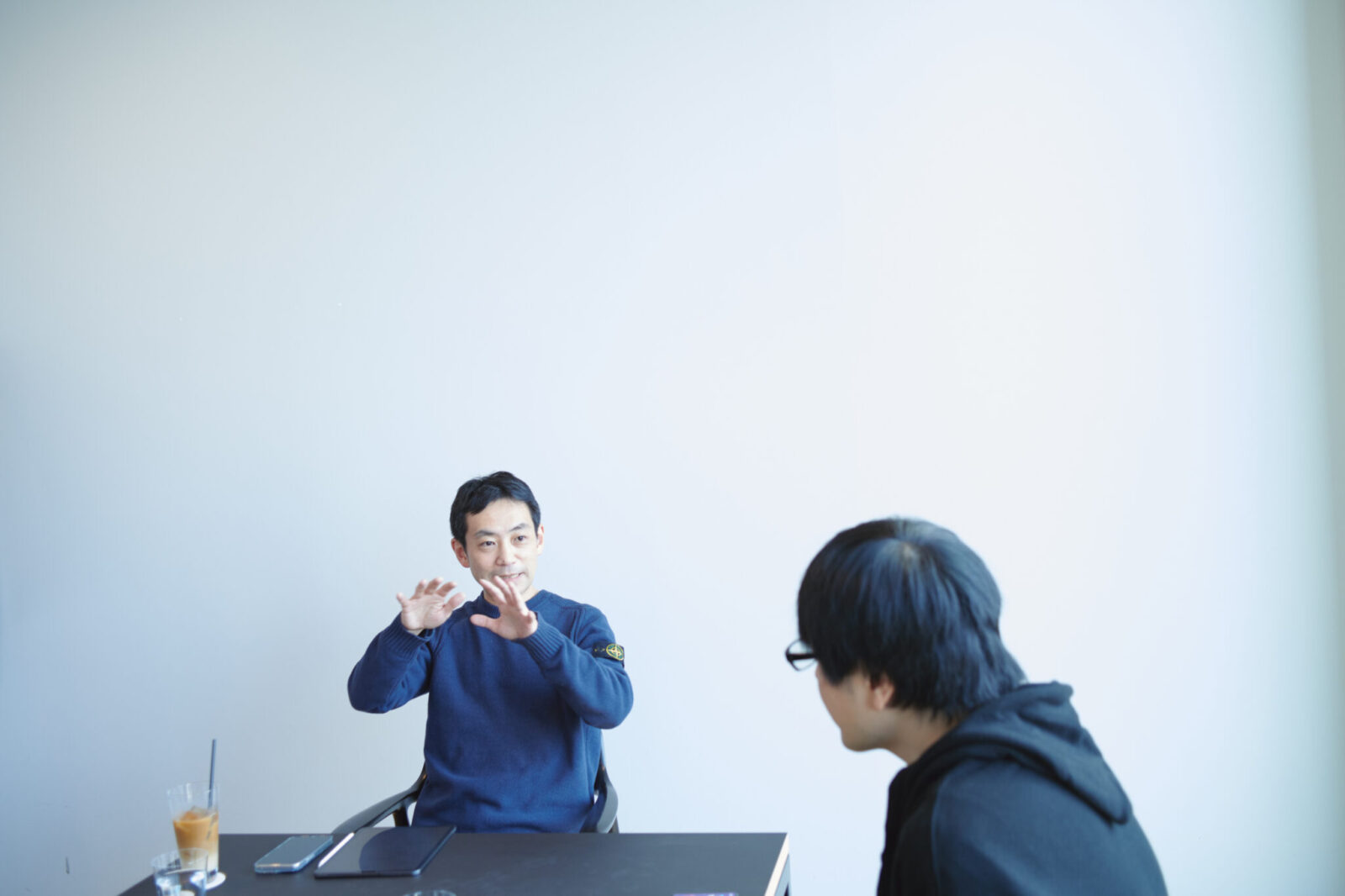
Uno: In labor intensive industries it may have been necessary to allocate such expenses in order to build relationships outside the company and group. However, as you have pointed out, under the current ITC-oriented (Information and Communication Technology) manufacturing industries and global economy I don’t think this method of communication is very effective anymore.
Looking at the future of Japanese companies through after work drinking
Sakaguchi: One other reason I think the membership based employment and the emphasis on communication through drinking persists in Japan is the favorable retirement allowance system. In Japan, if you work at one company for over 20 years you become eligible for a tax deduction on your retirement allowance. This incentivizes people to work longer at one company and emphasizes the dynamics of membership based employment.
This is simply one idea, but if there was a system that exempts people from income tax for five years by changing jobs or companies, I think it would encourage more mobility in the workforce.
Uno: I think one hurdle to that kind of idea is that people will argue that only a few elite people have the luxury to change jobs and have side hustles, depriving those who are less fortunate the opportunities to have the same kind of career advances.
In order to resolve this problem I think it is necessary to normalize side hustles or having multiple jobs and remove the image it has as being some “cool way of life” that is reserved for elite people living in the city.
Companies must also move toward a more job based employment system and refine the way they organize project-based teams that better utilize other employees and freelance workers.
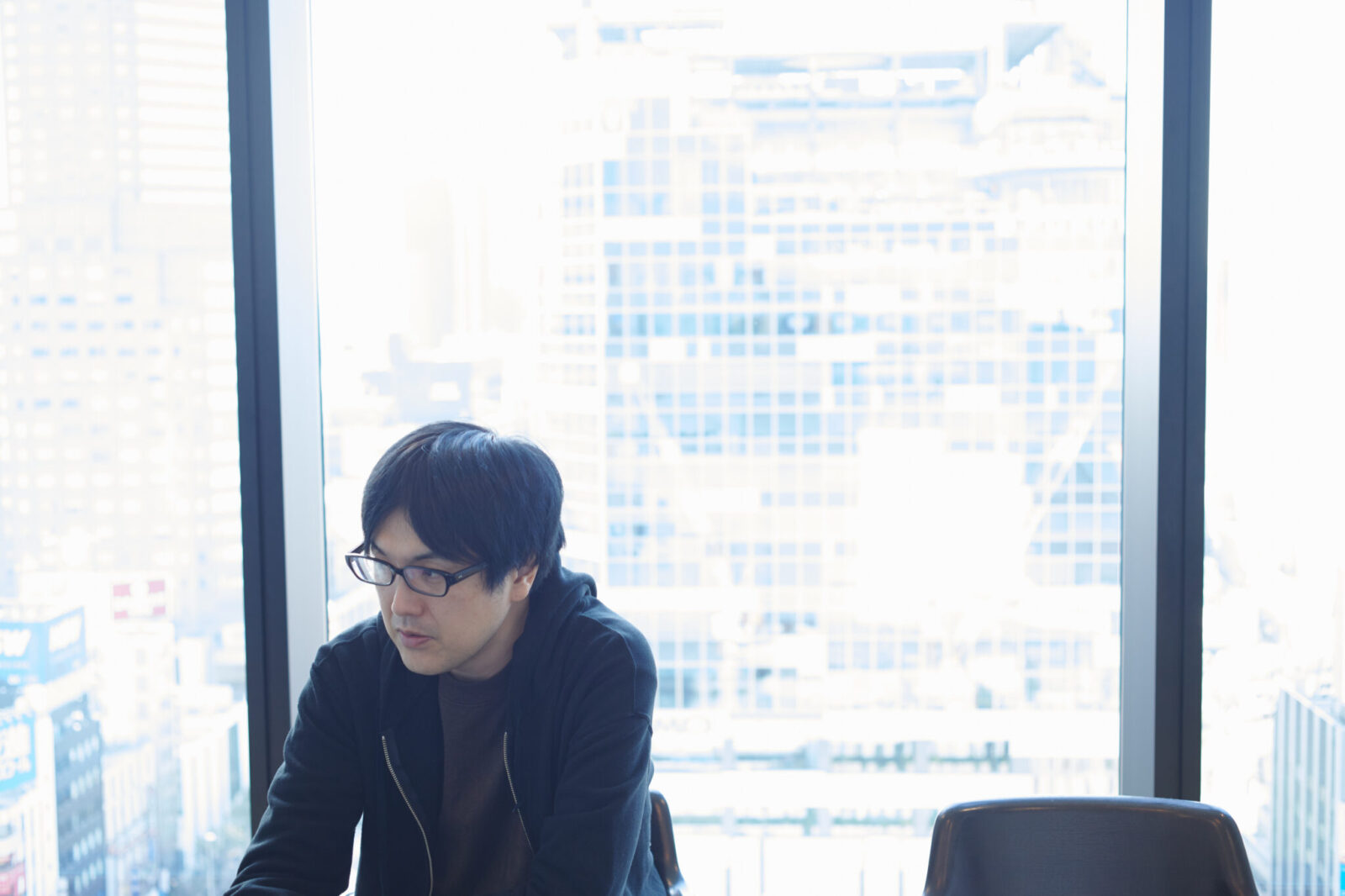
Sakaguchi: I see. There is a term “amoeba management” which divides an organization into small groups which operate on an individual basis. Perhaps your idea is about developing this concept.
Uno: Yes. I think it is time to redefine what it means to “belong to a company” and the significance of a company’s existence.
Sakaguchi: Rather than being faced with the sole option of either working independently or being a company employee, perhaps there should be a third option.
Uno: Although it is hard to get people to support this idea, I believe it is possible to maintain both a respect for drinking culture while denying forceful after work drinking. I think that in order to be respectful of diversity in society, we need to ensure that both are allowed. I think the most important thing now is to liberate drinking culture in Japan from the constraints of Japanese working culture and the vice that is forced after work drinking.

Translation: Sophia Swanson
All articles on our feature Choosing an alcohol free life
Follow us! → Instagram / X
Critic. Born in 1978. Editor-in-chief of the critical journal PLANETS.
Author of “The Slow Internet” (Gentosha), “Imagination of the 2020s”(Hayakawa Publishing Corporation), “Maternal Dystopia” (Shueisha), dialogue with Shigeru Ishiba “The Japan I Want to Build”(Ohta Publishing Co.), and “Moving Humanity Forward: Team Lab and a Borderless World” (PLANETS),co-authored with Toshiyuki Inoko. Lecturer at Rikkyo University’s Department of Sociology.
Born in Toyama, Japan in 1990. Writer/Editor ←LocoPartners ←Recruit. Graduated from Waseda University, School of Cultural Planning. Writes for “designing,” “Slow Internet,” and other magazines. Editorial partner of “q&d. Likes basketball and coffee, and is a sucker for standing bars, snack bars, idle talk, and people who roll their own cudgels.
